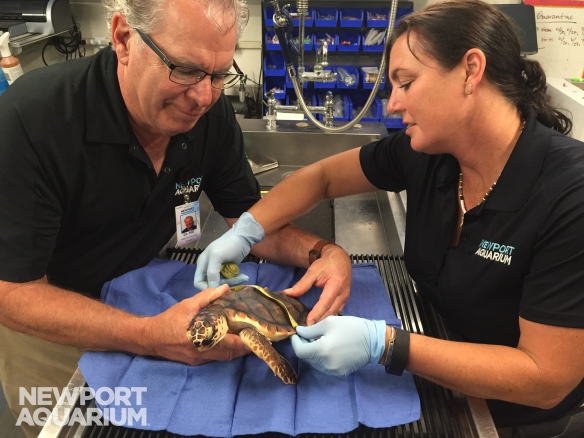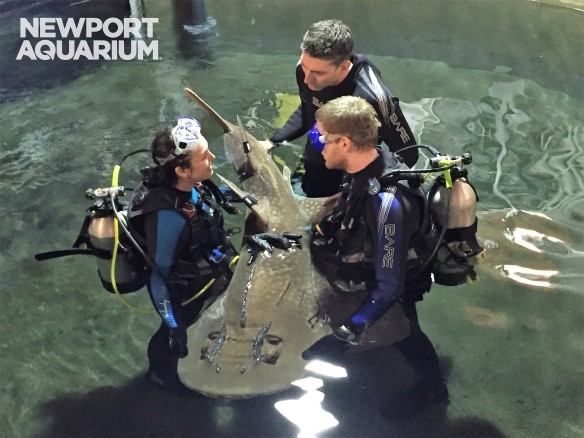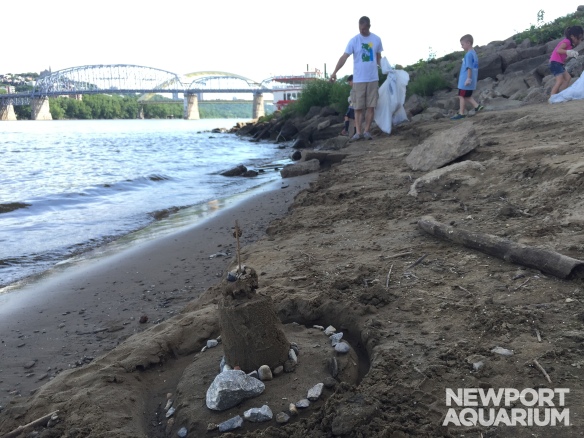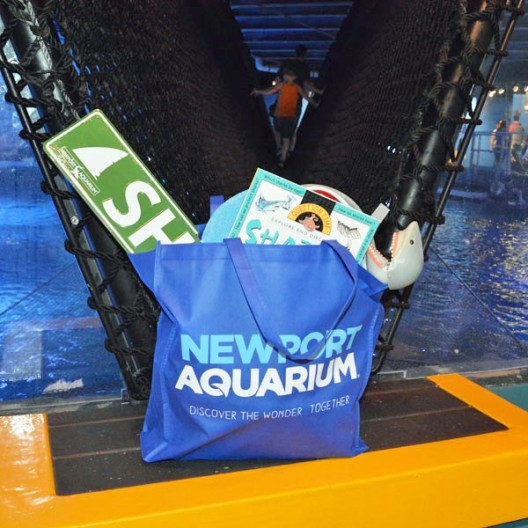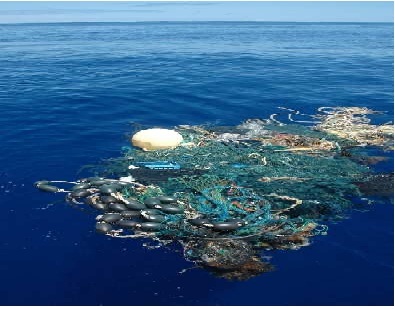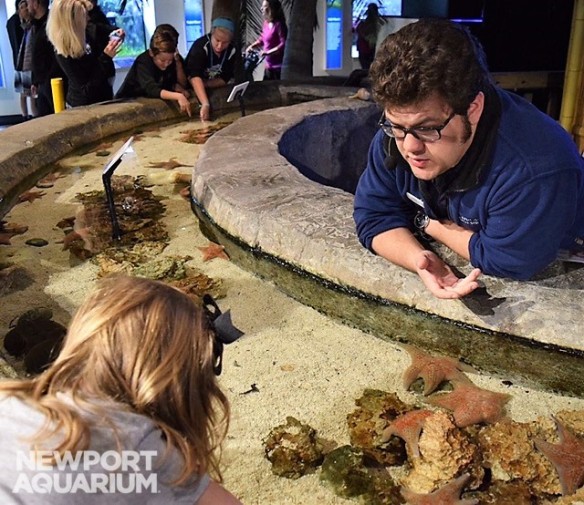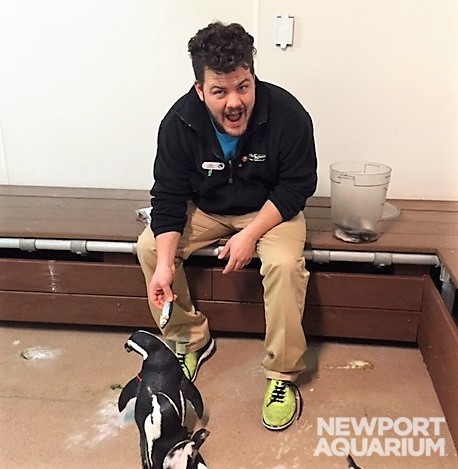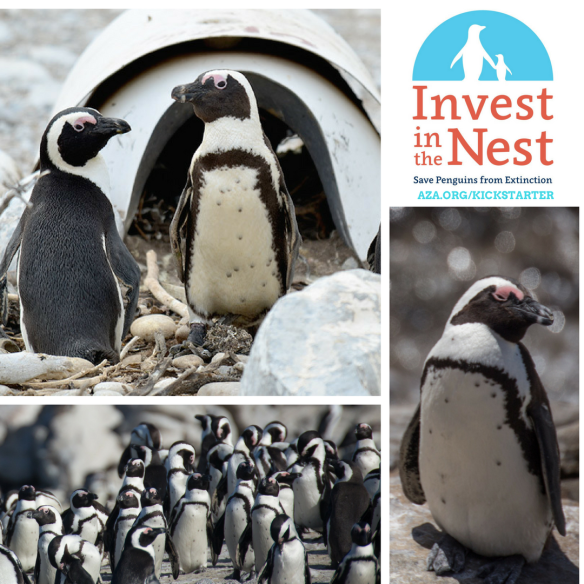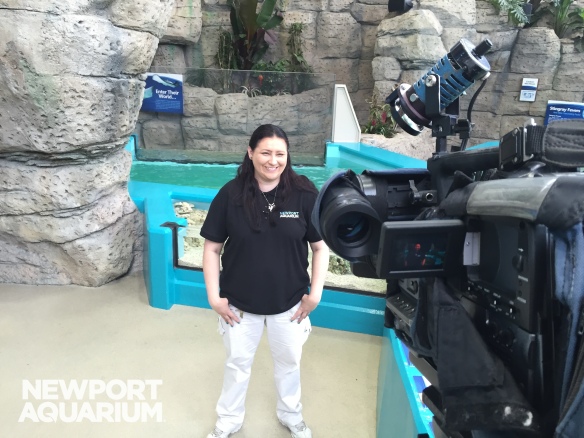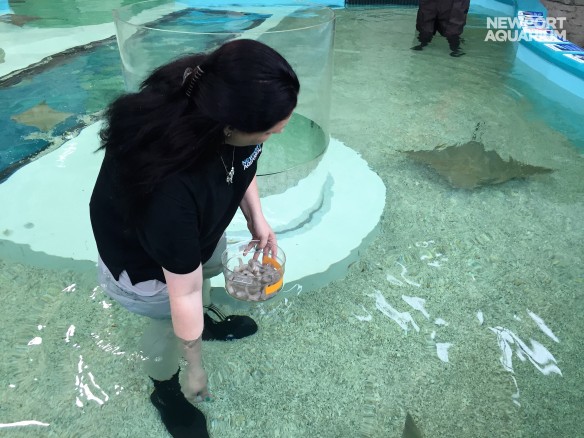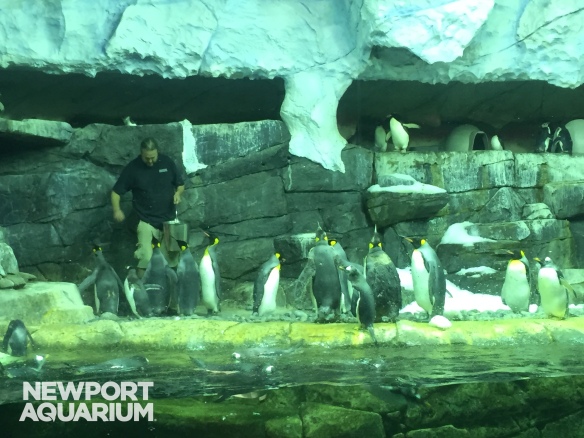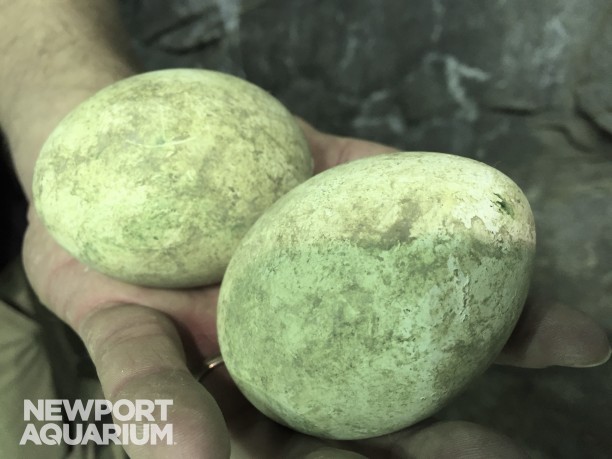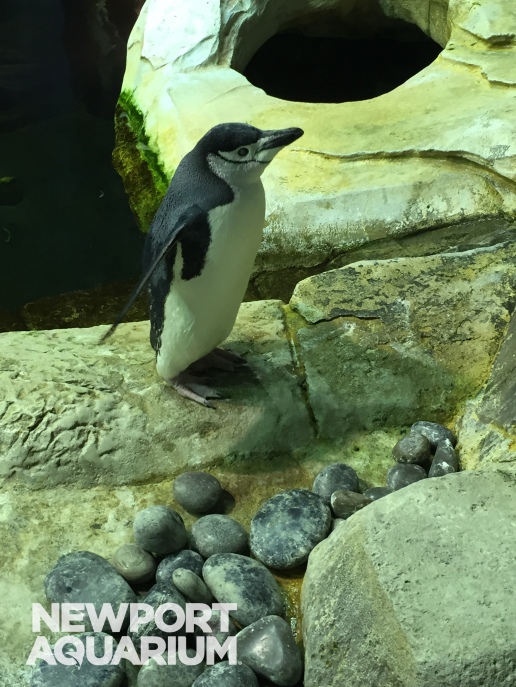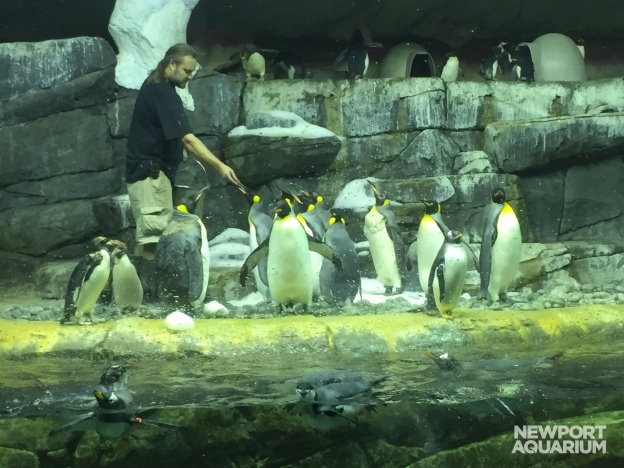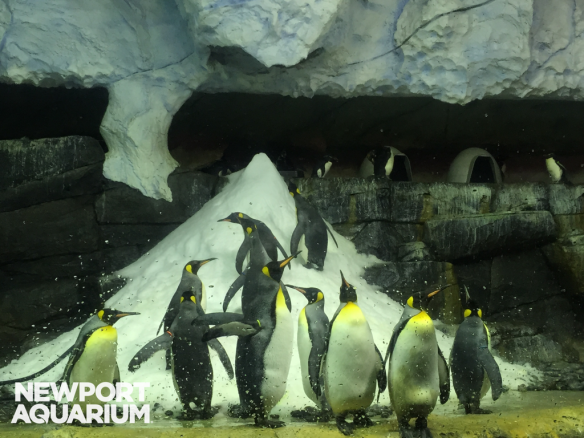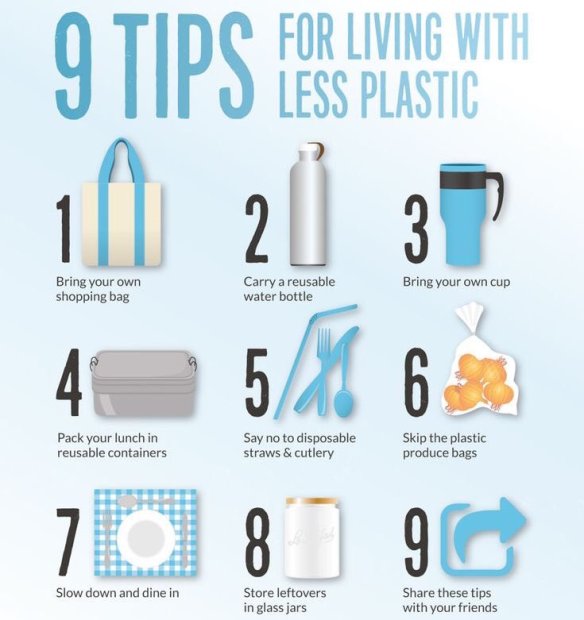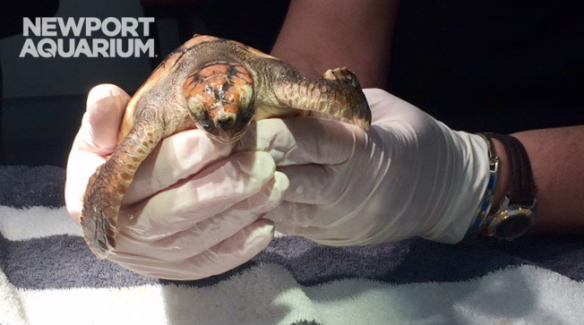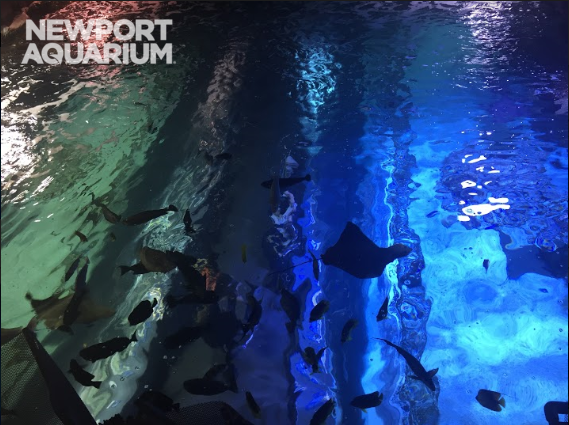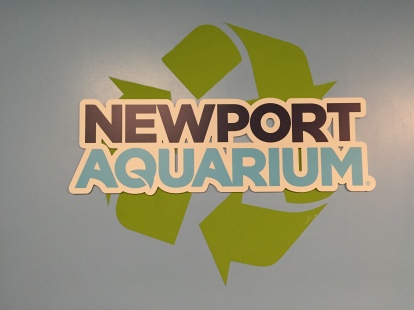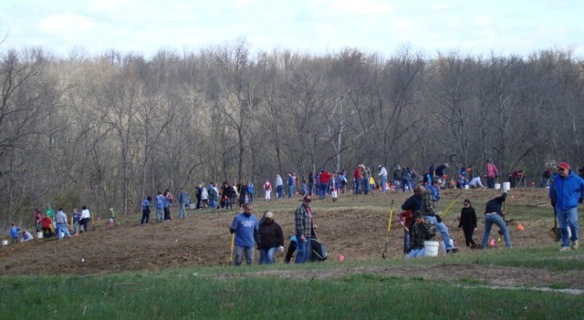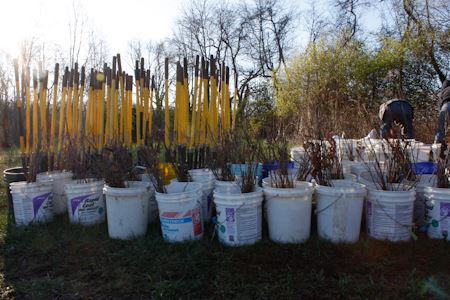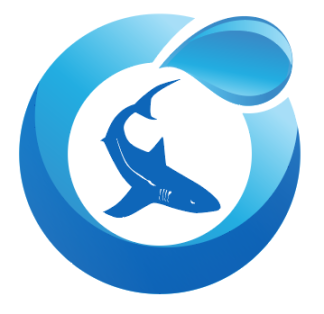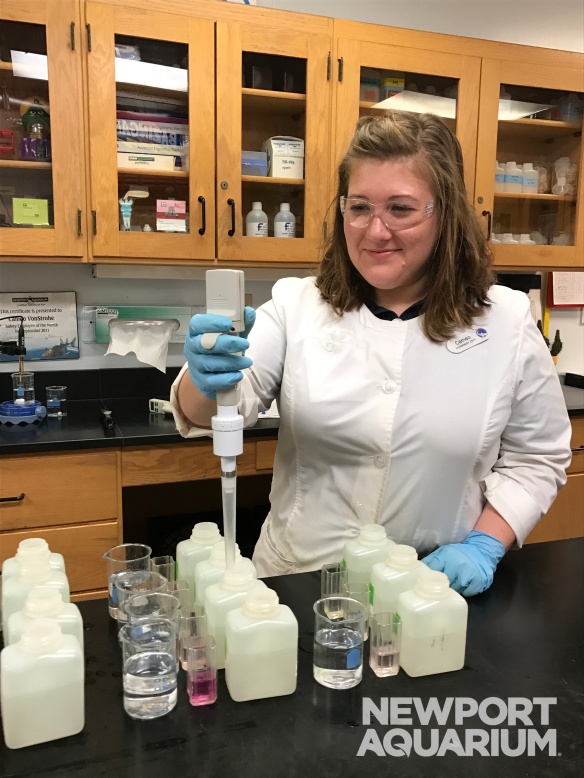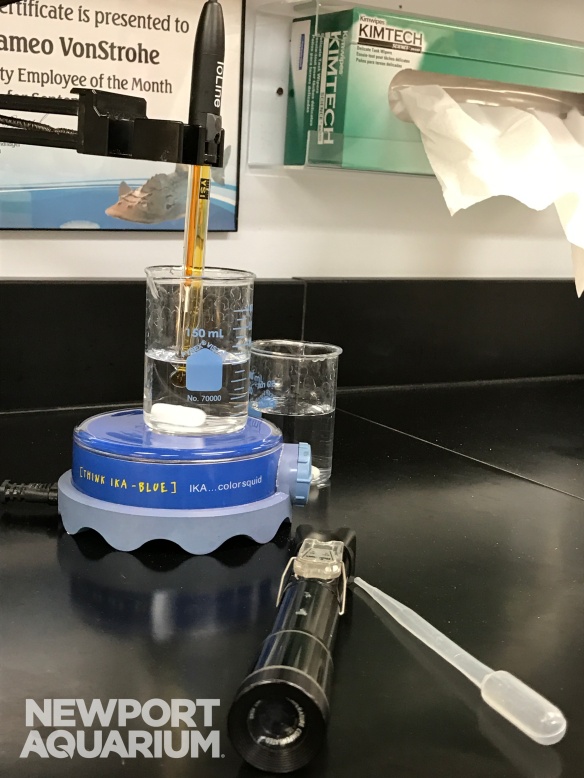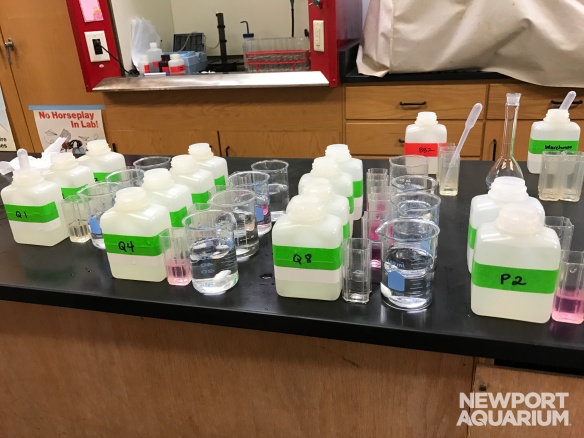A group of volunteers from WAVE Foundation and Newport Aquarium just returned from a conservation trip to Sarasota, Florida. Newport Aquarium Dive Safety Officer, Diver LC shows us the importance of the Lionfish Derby.
What is a lionfish derby? This is an event that was put together by REEF and hosted at the Mote Marine Laboratory and Aquarium in Sarasota, Florida. During this one day event on July 8th, volunteers from WAVE Foundation at Newport Aquarium and staff from Newport Aquarium set out to remove as many lionfish from the ocean as possible.
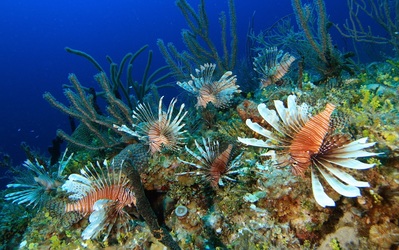
Lionfish are a venomous fish whose native home is in the Indo-Pacific. Photo Courtesy: REEF
I bet some of you are wondering why 18 people from an aquarium would want to travel 972 miles to remove a beautiful fish from the ocean! Lionfish are a venomous fish whose native home is in the Indo-Pacific. In the 1980’s, it is believed that some people with lionfish as pets released them into the Atlantic. Now, this invasive species population has exploded and they are taking over the habitat and food that the native species need to survive. Their habitat range is huge! Lionfish can live as shallow as the shoreline and as deep as over 1,000 feet and can live in water temperatures from 50 to 90 degrees! Not only that, but each lionfish can produce 2 MILLION EGGS IN A YEAR! They are sexually mature at 1 year and can live for around 30 years – that’s possibly 60 MILLION EGGS from one single female lionfish in a lifetime!
Scientists believe we will never stop the lionfish invasion; the best that we will ever be able to do is control the problem. That’s what we set out to do – to help control the problem! (It doesn’t hurt that they just so happen to be tasty too… more on that later).
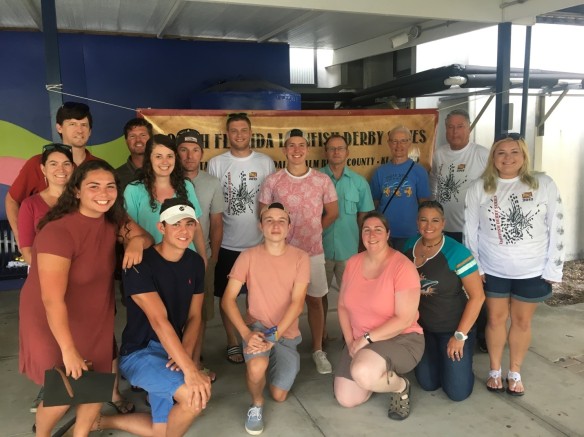
Here is most of the WAVE Foundation at Newport Aquarium/Newport Aquarium crew at Mote Marine Laboratory and Aquarium after the Captain’s meeting the night before the Lionfish Derby!
At the Captain’s Meeting, we were educated on lionfish biology, safe handling, treatment, and the rules of the Derby.
We learn that through lionfish derbies, institutions like REEF will weigh and measure each fish and dissect the stomach contents of each fish. This gives scientists an idea of how well the fish are thriving, and also how many different types of animals they prey on.
The next morning, I joined 11 divers and set off with the wonderful crew at Blue Water Explorers. Everyone there was very helpful, friendly, and well educated on Florida’s ecosystem.

Six snorkelers set out on their own to different locations and some of them saw barracuda, crab, reef fishes, and one even saw a manatee!
Each diver got to experience two dives in different locations in the Gulf. Some of us saw grouper, barracuda, rays, and many beautiful reef fishes.
We captured every lionfish we saw!
After a long day of diving and snorkeling, most of us catch some z’s, relax on the beach, and grab a bite to eat at the St. Armands Circle in Sarasota.
The next morning, an educator from Mote takes us to a bay area for a Field Study. We aren’t just on a conservation trip, but an education trip too!

Group photo, getting ready for our Field Study. Our conservation trip is also educational!
Here the educator is teaching us all about Florida ecology in the bay and then she sends us in the water with nets to see what we can catch.
The educator took a few of the best specimens to examine and put them in little Tupperware containers, so that we could get a better look. We caught whelk, sea stars, pinfish, pipefish, toadfish, and a sole. After the educator answered all of our questions, we released the animals back to their habitat.
After the Field Sampling, it is off to the Lionfish Derby Festival!
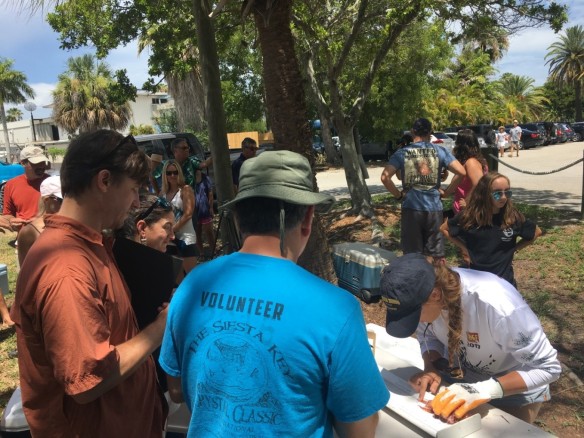
At the Lionfish Derby Festival. Jen and Matt turn in their lionfish to get measured and scored. Let’s see how they do!
At this station, a biologist is dissecting each fish and collecting the stomach contents to get DNA identification later on in a lab. One of our very own biologists assisted in a dissection!
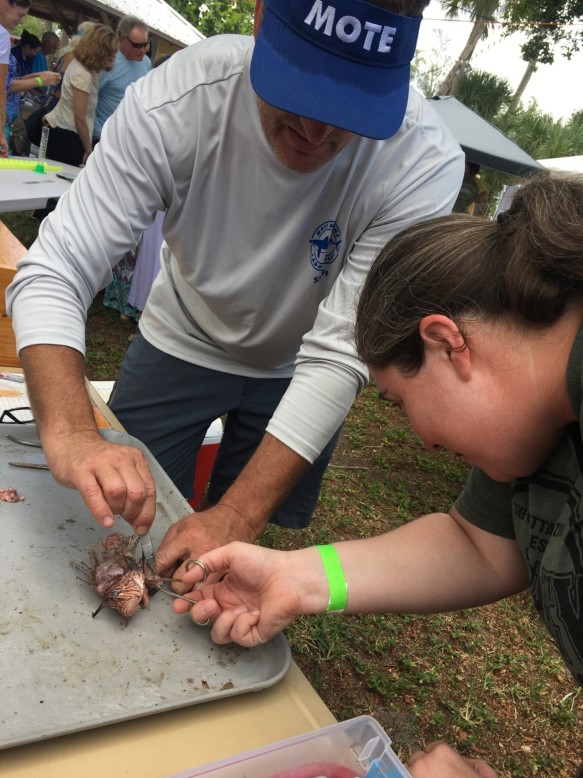
We’re always learning. During the scoring, one of Newport Aquarium’s biologists assisted in a lionfish dissection!
After scoring, we went inside for the lionfish food contest. Five local restaurants made different lionfish dishes that will later be vote on by the tasters (a.k.a. us!). Of the dishes, there are raviolis, tacos, garlic toast, fried rice, and even a dessert all with lionfish. If you ask most of us, the garlic toast was the best!
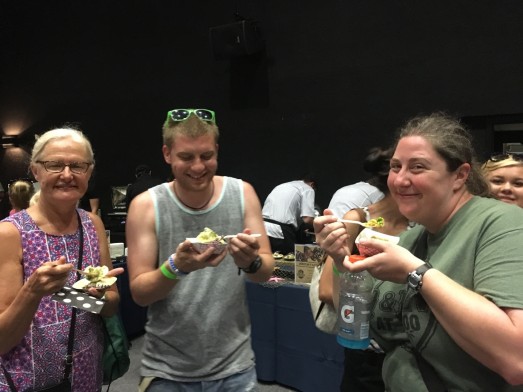
Our “taste testers” Kathy, Diver Jon, and Erin, sample some of the lionfish dishes.
A representative from Whole Foods in Florida said it’s hard to keep up the demand for lionfish, which is a good problem to have! You can help if you are in Florida- go to www.myfwc.com for a fishing license to legally catch and sell lionfish to restaurants in Florida.
And now we wait for the awards ceremony!
If you think about it that is a potential 480 million baby lionfish that could have been produced by those eight fish. Thankfully, they were removed from the reef they were causing harm to!
Not only did we do our part to remove harmful lionfish and learn about Florida’s ecology during the Field Study, but we also picked up beach trash in our free time.
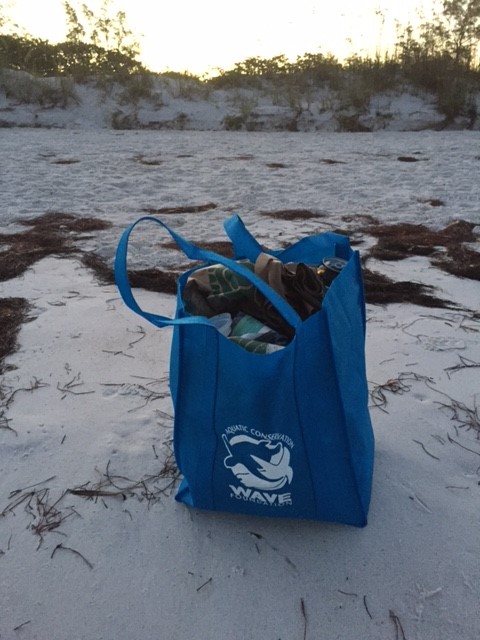
‘Picking up trash on the beach is more enjoyable than picking up sea shells.’
I would like to share this email from one of our volunteer divers, Mark:
“Early this morning, a local name Bob stopped me for a brief conversation. He thanked me for removing the trash today. I noticed that Bob also had a reusable bag and he stated he gets up every morning to collect the trash on the beach. He stated it is great to see people like you (I pointed to the WAVE Foundation on my bag) and your organization picking up trash. Bob left me with a fantastic quote… ‘Picking up trash on the beach is more enjoyable than picking up sea shells. It’s a good feeling knowing you doing something to help and start your day out right.’”
Conservation starts with you and sometimes it is as easy as picking up trash that you see and sometimes it involves driving 972 miles and diving to 70 feet to capture venomous lionfish!










